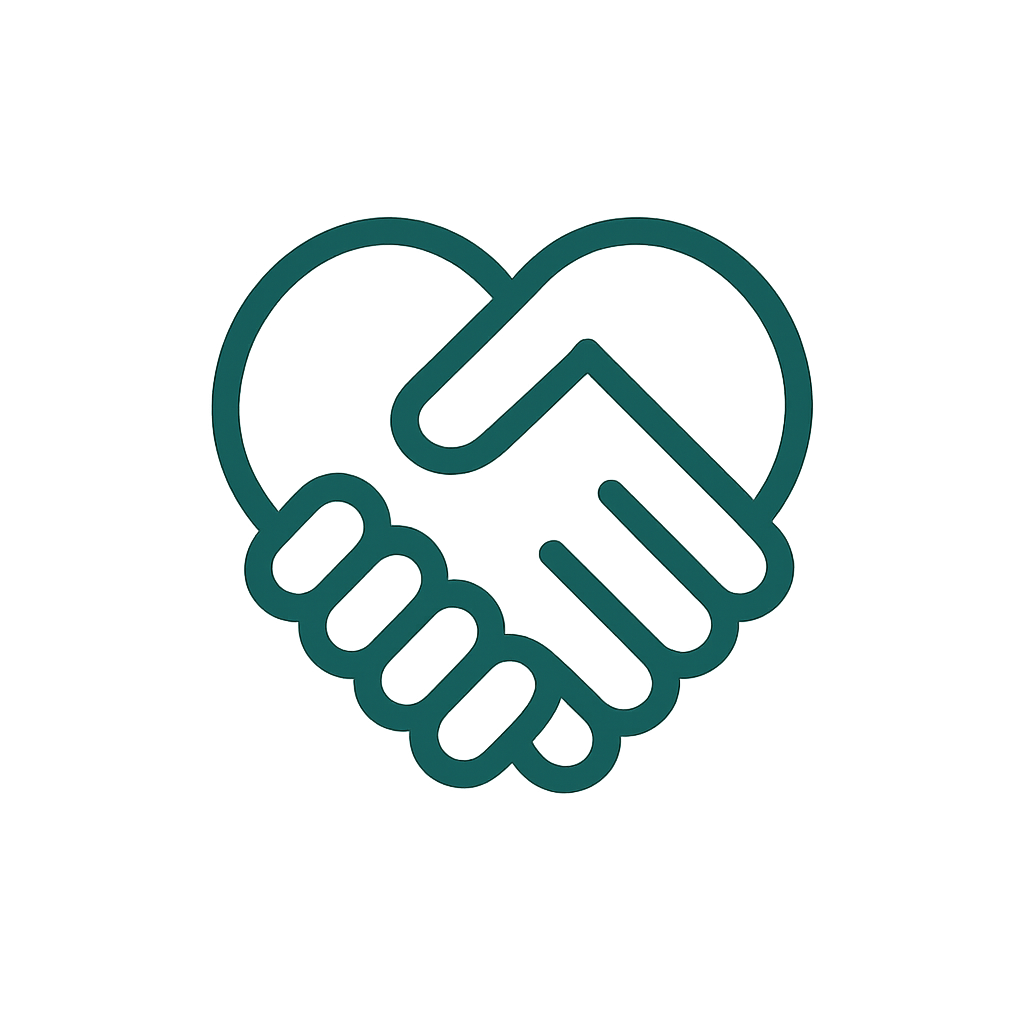The number of allergy sufferers has increased tenfold in recent decades. Currently, approximately 34 percent of the global population suffers from an intolerance that is usually merely unpleasant but sometimes life-threatening. Today, general practitioner, mother of four, and KAMI skincare founder Dr. Kerstin Schallaböck summarizes how allergies are triggered and how to ideally respond.
Our lifestyle, which has changed dramatically in recent decades, is the reason for the increased development of allergies. Life has become safer and more convenient overall, but—this may sound strange given the COVID pandemic—our bodies lack the challenges posed by viruses and bacteria for which they are designed.
This is how a harmless substance becomes an allergen - the factors briefly summarized:
-
- Our diet is becoming increasingly unhealthy: too few vitamins, nutrients and trace elements, lots of one-sided ready meals;
- We are often under stress even in childhood;
- Personal hygiene is often exaggerated;
- We are exposed to excessive levels of pollutants from substances to which our bodies are not evolutionarily accustomed.
Especially since the beginning of the COVID pandemic, I've frequently observed that bodies overreact to what are essentially minor stimuli: the immune system is untrained. All of these factors make the body sick and thus contribute to an increase in allergies. While there is never a single cause for an allergy, several factors are usually involved in the development of allergic diseases. But all of these quite diverse factors have one thing in common: They overwhelm the immune system to such an extent that, over time, it begins to react completely inappropriately.
The actual attack on these self-proclaimed allergens, also called antigens, would be quite unproblematic if it did not result in health damage and an extremely unpleasant allergic reaction for those affected. However, effects only occur upon the second contact with the allergen. This is particularly dangerous in the case of insect bites, as those affected believe there is no danger to them because “nothing happened” the last time.
Included The new allergen is then recognized as such: The immune system subsequently produces so-called memory cells, whose task is to memorize the surface structure of the allergen. If the pathogen then invades the body again, the memory cells immediately alert the immune system to the invader, whereupon appropriate antibodies are promptly produced, which ultimately fight the allergen.
There are various immunoglobulins, but immunoglobulin E (IgE) is particularly relevant in allergies. It is responsible for the development of type 1 allergies, which affects most allergy sufferers. Allergic individuals have pathogenically elevated levels of these antibodies in their blood, and they become active upon repeated exposure to an allergen.
The antibody-antigen complex wouldn't normally trigger an allergic reaction if it didn't settle on special defense cells called mast cells. These cells produce and store inflammatory substances, primarily histamine.
Mast cells are found in the mucous membranes (conjunctiva, nasal mucosa, bronchial mucosa, intestinal mucosa) and in the skin. Therefore, typical allergic reactions occur precisely in these regions. Redness and swelling of the skin and/or mucous membranes occur. At the same time, severe itching occurs, which may also feel like a burning sensation on the mucous membranes.
In terms of therapy, conventional medicine offers medications called antiallergics or histamine blockers. The unwanted side effect of antihistamines causing drowsiness is hardly worth mentioning in newer generation medications.
Traditional medicine focuses primarily on prevention, such as:
- Avoid excessive hygiene (constant disinfection);
- Detox treatments, 1-2 times per year to detoxify the liver and intestines or to treat chronic inflammation;
- Probiotics;
- oil pulling;
- Pay attention to mental hygiene and stress levels.
To soothe acute symptoms, I recommend cooling and KAMI SOS oil or balm.
I wish you and your loved ones
All the best
Yours, Kerstin Schallaböck








